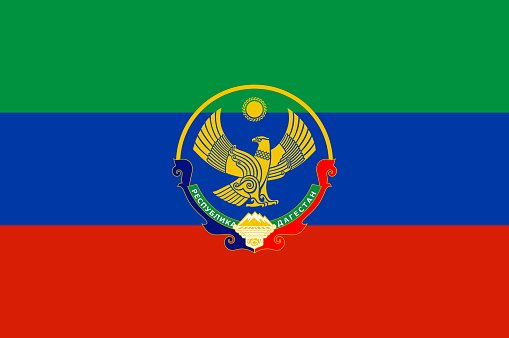Dagestan Is Russia. Civil War Is Unlikely
A historical brief
I have been seeing the flag of the Republic of Dagestan bouncing around social media for the last few days. Anti-conscription riots there are raising expectations that the republic might quit Russia to become independent. This is unlikely, however, because Dagestan’s economy and security are entirely dependent on the Russian center. Peace is the norm in…



